

Vapor Motor Theory
1. Gasoline does not burn in a liquid state...
It must be vaporized, then mixed with oxygen,
in order to becomea combustable fuel.
Of course you'll need a spark too.
2. When accelerating a Vapor Motor, it requires
an increase in air ratio. Not fuel ratio..
3. It is ideal, to have the fuel warm rather than cold,
before entering the vapor chamber.
4. If you try to run an engine on pure gasoline vapor,
it will not run.
5. There is no "vapor lock", on a Vapor Motor.
6. No high fuel pressure pump problems,
high pressure fuel lines or special fuel injectors.
7. Smooth start ups.
You don't have to wait for the intake manifold to heat up,
in order to vaporize the gasoline to a combustable state.
It's pre-vaporized before entering the engine.
8.
Emissions are reduced to almost zero.
A normal fuel injected engine at best would have
no more than a 30 percent burn efficiency with gasoline.
A vapor motor is upward in the 85 to 95 percent burn efficiency.
9.
Smoother running engine. It even sounds different.
Not your typical glug glug, but more of a zing /jet engine
type sound when running.
10. Cooler running engine. Typically runs 10 to 15 degrees cooler.
All though your thermostat ultimately determines the cars temperature.
11. A
huge increased in gas mileage.
Easily 40 to 60 miles a gallon on a V - 8 , 350 C.i. Small Block ..
We can easily say at the very least, you can double your gas mileage
by using a gas vaporizing fuel delivery system.
12. A vapor motors air intake tube going into the gasoline should have a total area in diameter equal to or greater than the surface area in diameter from the stock engine air intake tube..
13. Taller is better when it comes to your bubble can or tube. Less chance of gas droplets getting pulled through the main air intake tube.
ORDER OF OPERATiON WHEN TUNiNG A VAPOR MOTOR...
1. You must set the idle circuit first. Start out with the idle valve closed all the way, running all vapor. Gradually work the valve open in very small incriments, untill your engine starts. If u have the idle valve wide open when tuning the engine to idle, it could possibly backfire, from running it too lean. Or in other words and engine will backfire if there is too much air, and not enough fuel..
2. After you get the idle circuit set, you can now set and adjust the secondary air intake circuit by adding a stronger or a weaker spring for the secondary air valve... If you do not have a secondary air circuit, and because a vapor engine wants more air, instead of fuel on acceleration, then you may be able to drive at low speeds and idle.
But that will be about it. Acceleration will become an issue.
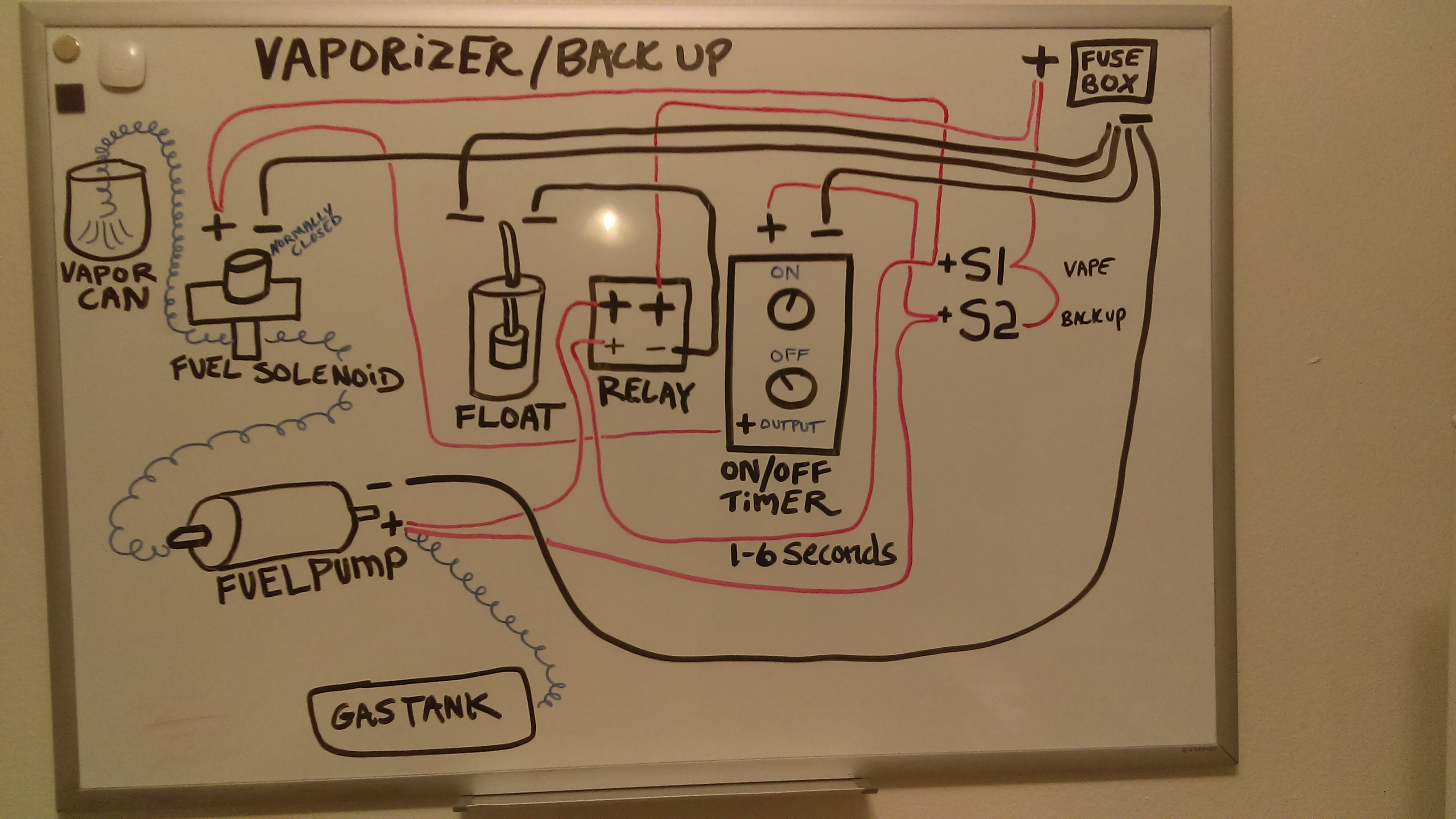
Normal Operating Procedure when starting a vapor motor...
This is how you start a vapor motor " the right way "...
You must crank over the engine for a few seconds with the throttle wide open, and
the ignition turned off, in order to get fumes pulled into the cylinders before firing.
Now turn on your ignition and start the engine normally...
If you do not start your vapor motor in the above order,
then you will struggle to get it started...
And you increase the chance of a backfire,
by running the engine too lean while on startup..
Once you do get your vaporizer working, if you start it up daily,
you won't have any more starting issues, and it will start up like
any normal car or truck engine.
It is a characteristic of a Vapor Motor,
as with any carbureted engine,
to have a back fire when your fuel mixture goes too lean.
For instance, an engine could go too lean,
if it was to run out of gas.
So, on rare occasion, there is a backfire.
It is safe practice to have a pressure releaf valve,
should a backfire occur.
To solve this problem, we decided on the same theory as
a wastegate valve for a turbo charger.
Only this one has a 3" inch in diameter pressure relief valve,
for rapid release of large volumes of air.
Savage Rhymes is building these for performance and gas mileage.
Not just to piddle around town with.
The Final product gonna be BADASS!
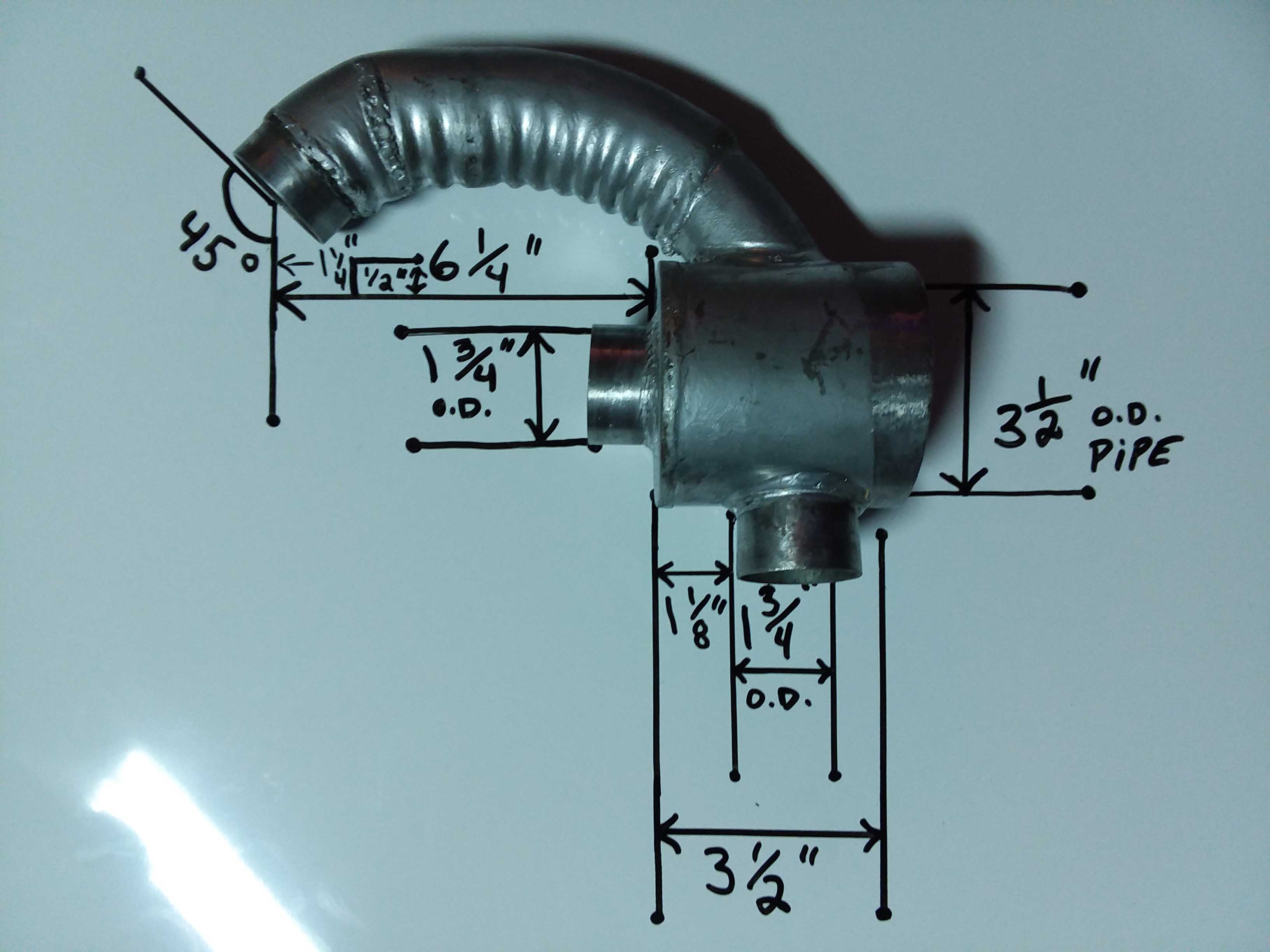
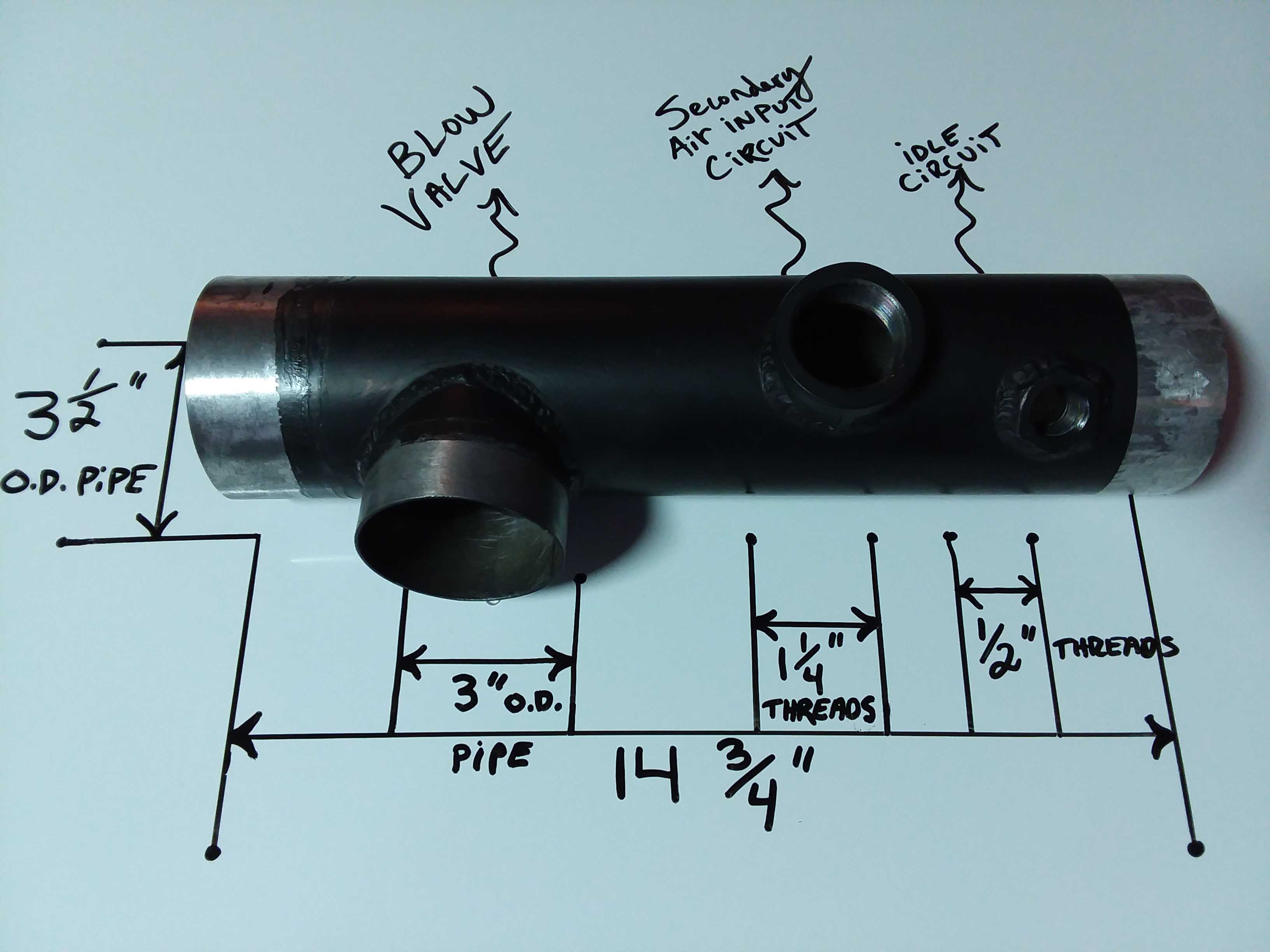
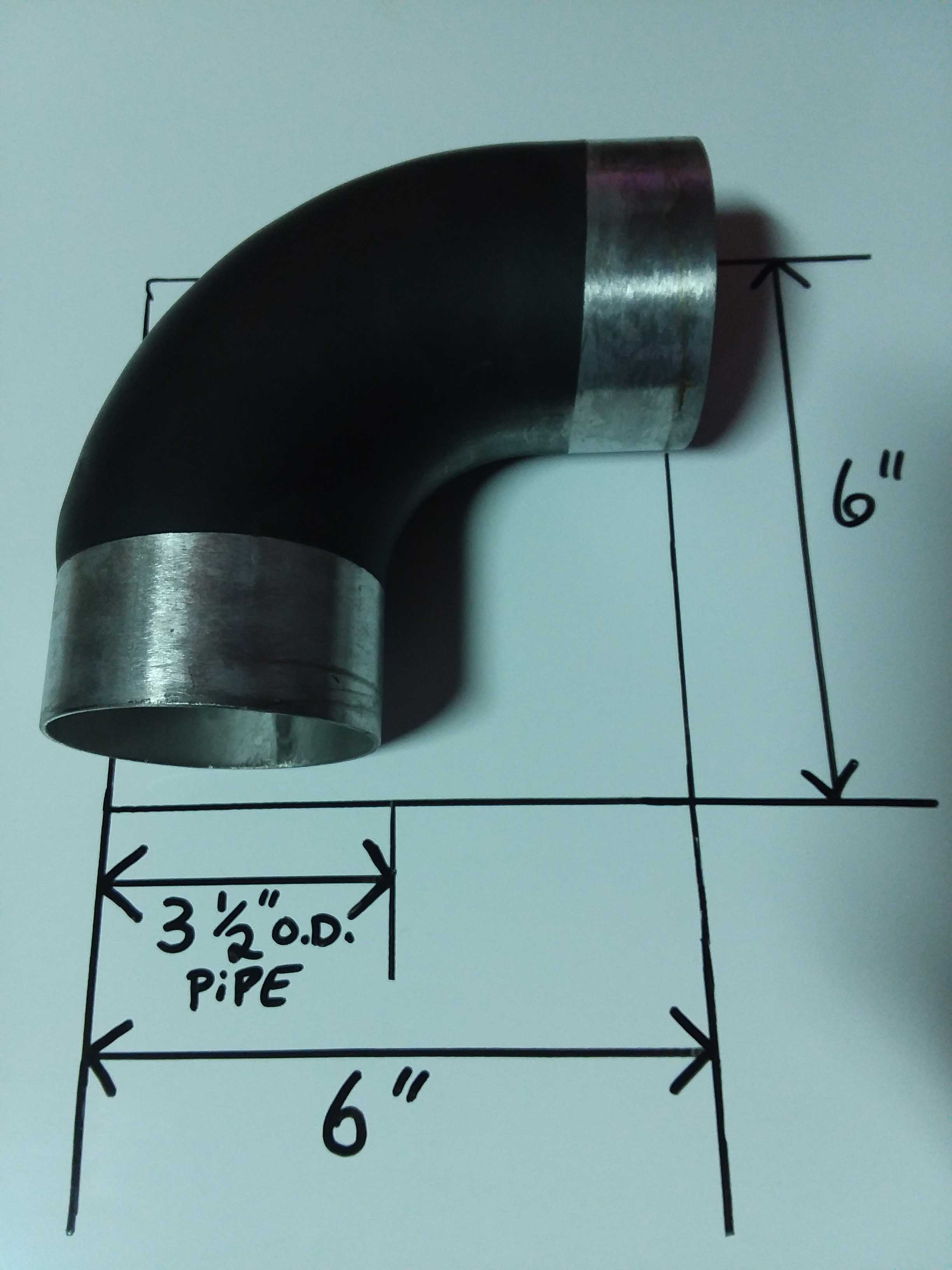
Vapor Motor Fuel Potential Math
1. You can easily make 160 vaporized gallons of gasoline
out of one gallon of liquid gasoline..
2. For gasoline engines, the ideal A/F ratio is 14.7:1,
which means 14.7 parts of air to one part of fuel.
3. One gallon of vaporized fuel, when mixed with air,
essentially becomes 13 gallons of vaporized fuel to be conservative..
4.Think about it.
How big of a space, is 2080 fuel vapor gallons?
160 x 13 to be conservative,divided by 7.48
There are 7.48 gallons to a cubic foot.
That would be equal to 278 cubic feet of vaporized gas
out of one gallon of liquid gas...
So basically, one gallon of liquid gasoline
is equal to a 10 foot wide by 10 foot wide by 30 foot
tall buildings worth of vaporized gas when mixed with air..
Of coarse you can't carry a fuel vapor tank that big on top of
your car but you can carry it
in the form of one gallon of liquid gasoline.
This is what they don't want you to know..
This is an idea that works,
that they don't want you to be able to conceptualize...
How to Run on Pure Gasolina.!
Gasoline at the pump, " Super Unleaded " is on average,
27% alcohol by volume..
Not including ethanol wich is added in the winter..
Hmmm,, you would rather use corn to
run our cars instead of feeding the 1 in 4 children
that are hungry in our nation..???
Hint: Water mixes with alcohol and ethenol.
This is how you separate the two.
Add water, shake, and separate.
Then you get pure gasolina..!
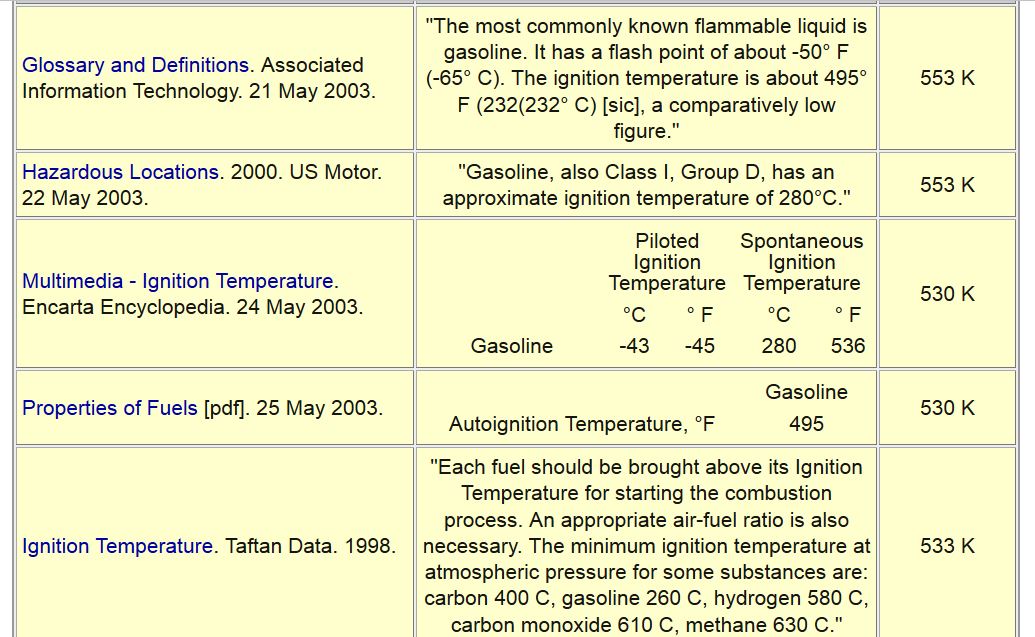

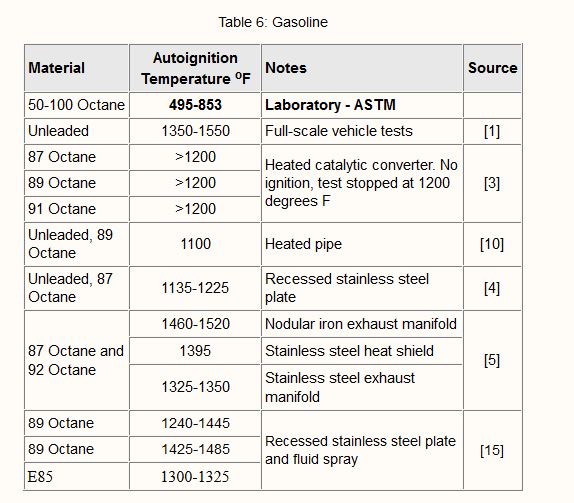


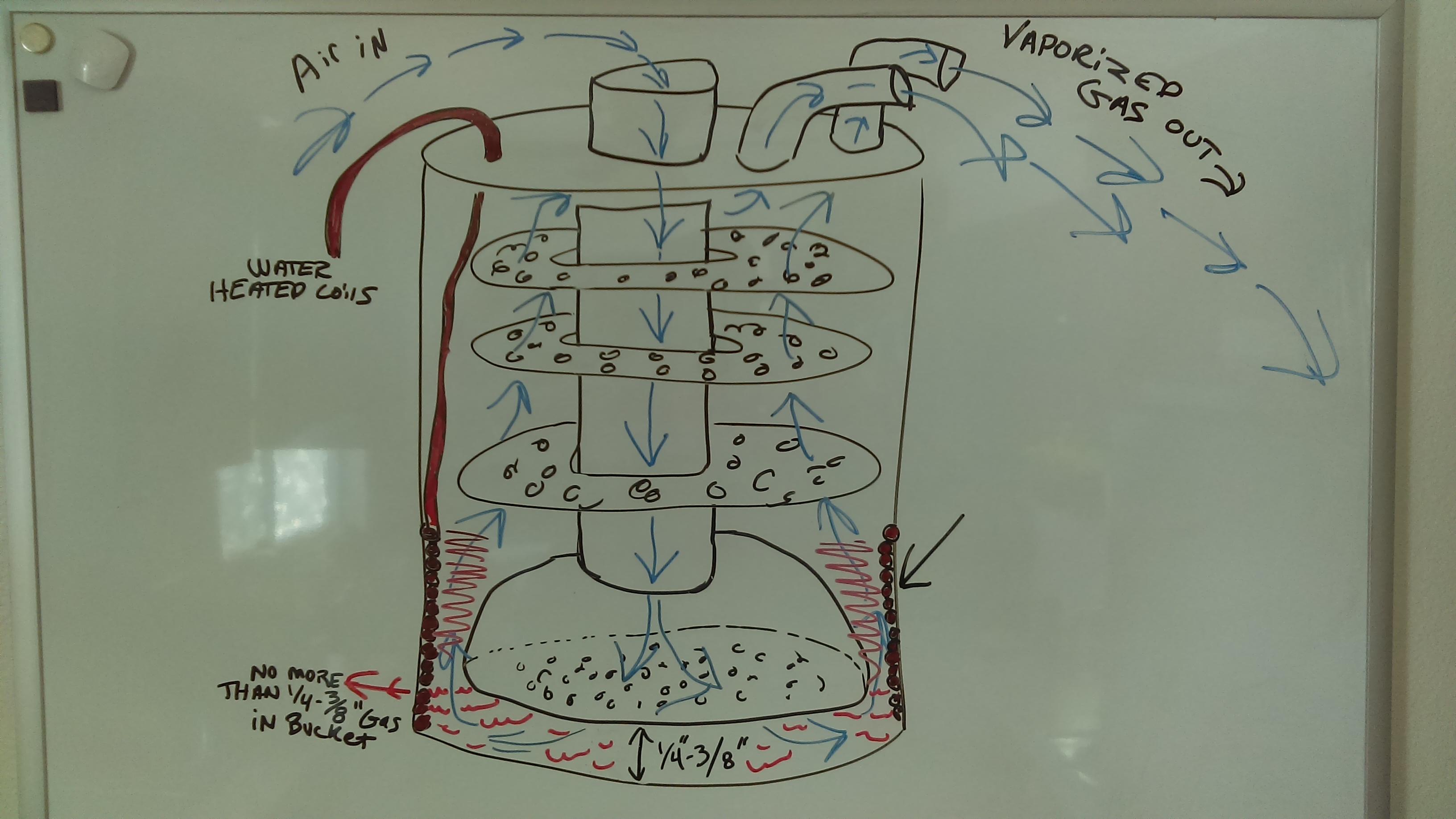
V - 8 VAPOR MOTOR
by Savage Rhymes

